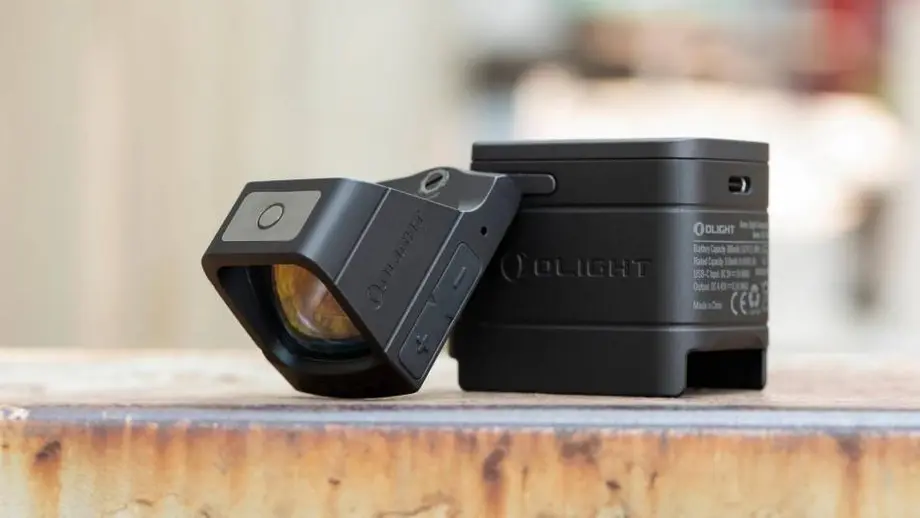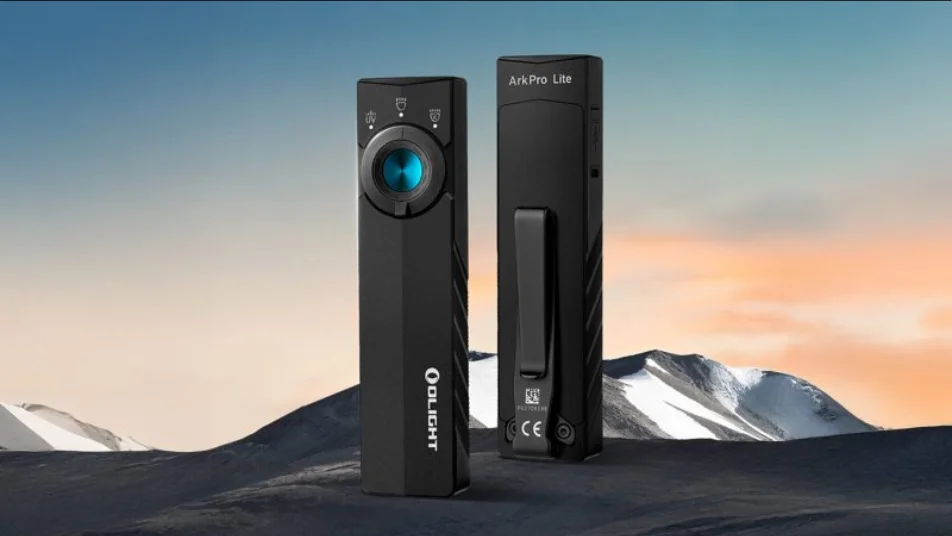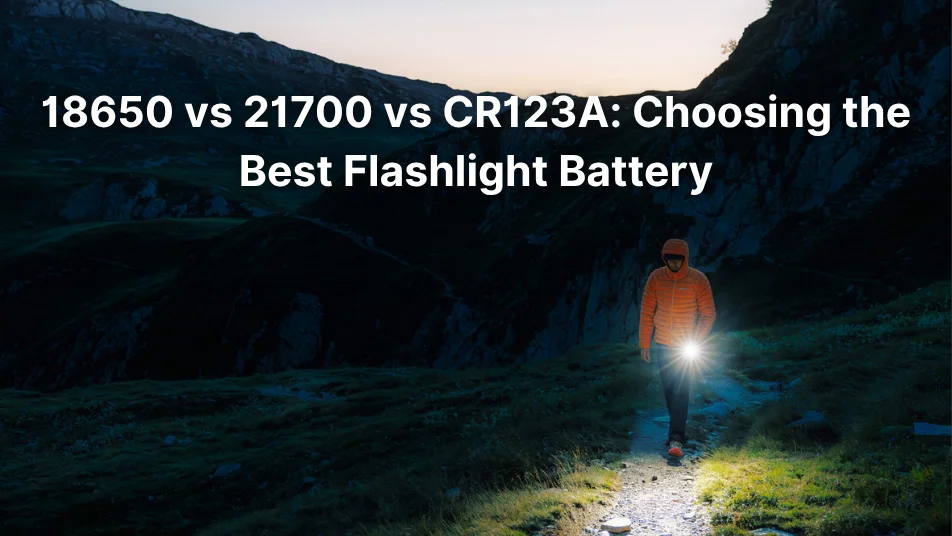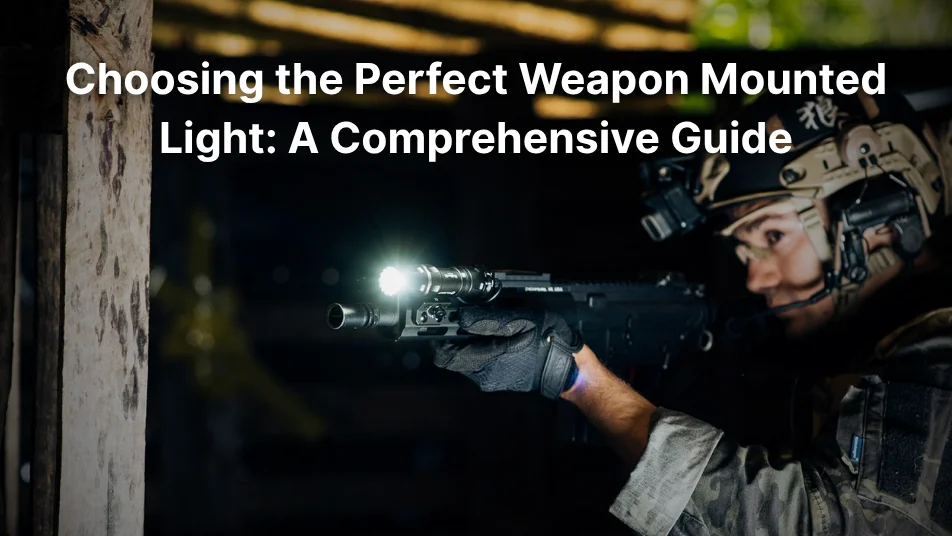Introduction:
Choosing the right optic for your firearm can make a significant difference in your shooting experience and performance. In recent years, two types of sights have gained immense popularity among shooters: holographic sights and red dot sights. These advanced optics offer numerous advantages over traditional iron sights, such as improved target acquisition, better accuracy, and enhanced situational awareness. As technology continues to evolve, manufacturers are constantly pushing the boundaries of what these sights can offer. In this article, we'll dive deep into the world of holographic and red dot sights, exploring their unique features, and helping you determine which one is best suited for your firearm in 2024.
What is a Red Dot Sight?
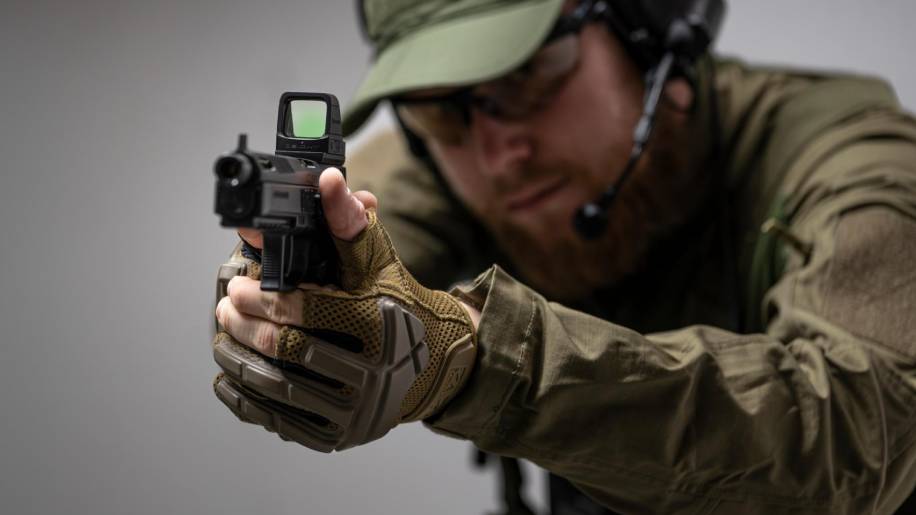
A red dot sight is a non-magnifying optical device for firearms that projects an illuminated red dot onto a lens as an aiming point. It allows for quick target acquisition, both-eyes-open shooting, and is parallax-free at reasonable distances. Powered by batteries, these sights are popular for their simplicity and effectiveness on various firearms, from pistols to rifles, in both tactical and sporting applications.
Advantages of red dot sights:
Fast target acquisition: The simple red dot reticle allows for rapid target acquisition and seamless transitions between multiple targets.
Lightweight: Red dot sights are generally lighter than holographic sights, making them more suitable for certain shooting applications.
Budget-friendly: While high-end models can be expensive, there are many affordable red dot sight options available for shooters on a budget.
What is a Holographic Sight?
A holographic sight is an advanced optic that utilizes a laser-based technology to project a reticle onto a holographic window. Unlike traditional reticles etched onto glass or projected by LED, the holographic reticle appears to be suspended in space, creating a true "heads-up display" effect. This unique design offers several advantages, including a wide field of view, parallax-free aiming, and exceptional reticle clarity.
Advantages of holographic sights:
Wide field of view: Holographic sights provide a larger viewing window, allowing you to acquire targets quickly while maintaining peripheral vision.
Parallax-free: The holographic reticle is projected at a fixed distance, eliminating parallax errors and ensuring accurate point-of-aim across various shooting positions.
Reticle clarity: The holographic reticle is crisp and clear, even in low-light conditions, ensuring precise aiming and target acquisition.
Disadvantages of holographic sights:
Battery life: Holographic sights are power-hungry and can drain batteries quickly, especially when used with advanced reticle patterns.
Cost: Due to the complex technology involved, holographic sights tend to be more expensive than their red dot counterparts.
Weight: While not excessively heavy, holographic sights are generally heavier than red dot sights, which can be a consideration for some shooters.
Key Factors to Consider When choosing between a holographic sight and a red dot sight:
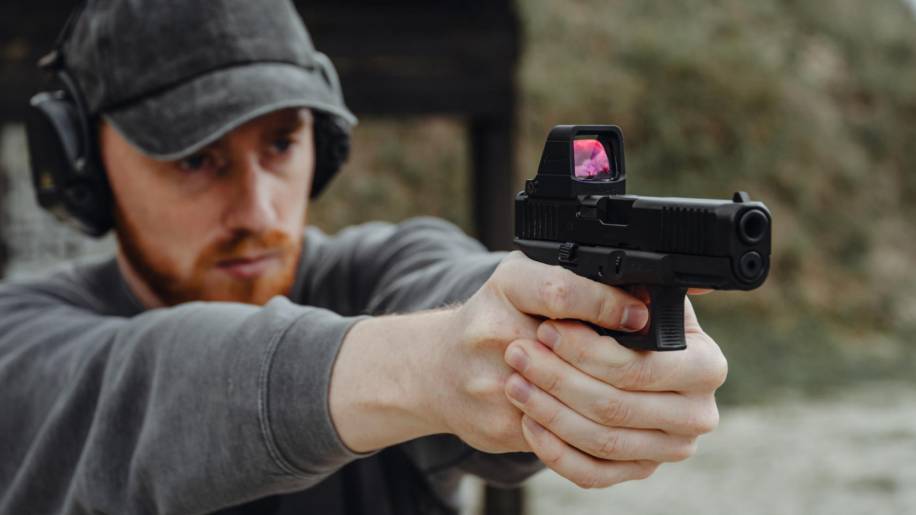
When choosing between a holographic sight and a red dot sight, there are several key factors to consider:
Intended Use: The intended shooting application, such as hunting, competition shooting, or home defense, will play a significant role in determining which sight is more suitable.
Eye Relief and Reticle Quality: Evaluate the eye relief and reticle clarity of each sight to ensure comfortable and accurate aiming.
Battery Life and Power Source: Consider the battery life and power source requirements of each sight, as well as the availability and cost of replacement batteries.
Durability and Environmental Resistance: Assess the ruggedness and environmental resistance of each sight, ensuring it can withstand the conditions you'll be shooting in.
Mounting Options and Compatibility: Ensure the sight you choose is compatible with your firearm and provides secure mounting options.
Budget: Determine your budget and weigh the cost-effectiveness of each sight against its features and performance.
A Good Red Dot Sights for 2024:
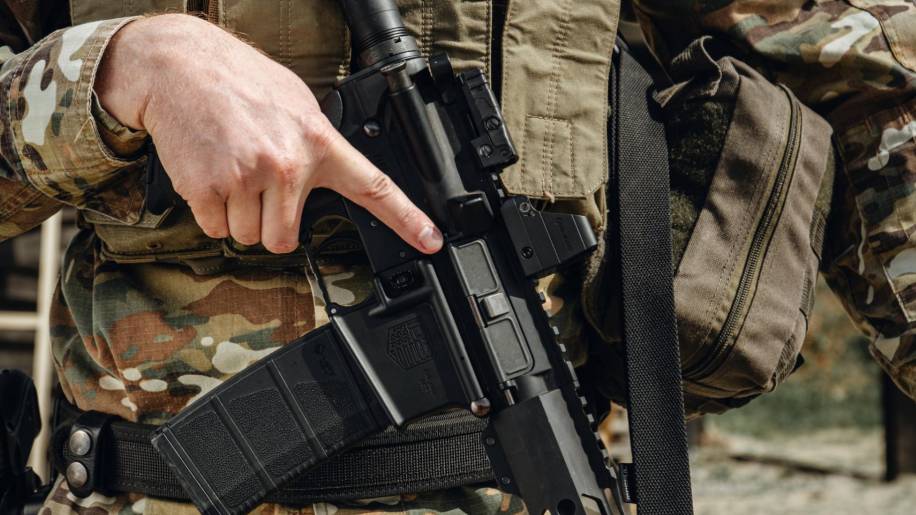
Osight 3 MOA with Magnetic Charging Cover
Industry's First Magnetic Charging Cover: Innovative magnetic cover charges the optic and displays battery levels for both cover and optic. Offers extended runtime up to 70+ days.
3 MOA Dot in Large Window: 0.94 x 0.85-inch lens with a crisp 3 MOA dot for precise targeting, even with recoil, and quick acquisition.
Unwavering Zero: Maintains zero calibration after extensive 10,000-round field testing, ensuring consistent accuracy.
Motion & Light Sensor: Automatic shut-off after 10 minutes of inactivity, instantly wakes up. Auto-sensing brightness with 10 daylight and 2 night levels, plus manual and lockout modes.
Common Footprint: Uses industry-standard Ruggedized Miniature Reflex (407c/507c) footprint for optic cuts, enabling versatility and easy integration.
Holographic Sight vs Red Dot: Which One is Right for You?
Holographic Sight: Choose a holographic sight if you prefer a more complex reticle design, better parallax correction, and are willing to invest in a higher-end optic.
Red Dot Sight: Opt for a red dot sight if you prioritize simplicity, longer battery life, affordability, and quick target acquisition at close to mid-range distances.
Ultimately, the choice between a holographic sight and a red dot sight depends on your shooting needs, preferences, budget, and the type of shooting you will be doing. It's a good idea to try out both types of sights if possible to see which one feels more comfortable and effective for you.
Conclusion:
Choosing between a holographic sight and a red dot sight can be a daunting task, but by considering factors such as intended use, reticle quality, battery life, durability, and budget, you can make an informed decision that best suits your shooting requirements. Both holographic and red dot sights offer unique advantages and cater to different shooting styles and preferences.
If you're still unsure which optic is right for you, don't hesitate to seek advice from experienced shooters or professionals in your local community. Additionally, many manufacturers offer in-depth resources and guidance to help you make the best choice for your firearm.
Remember, investing in a high-quality optic can significantly improve your shooting experience and performance, so take the time to research and consider all your options carefully. Happy shooting!

